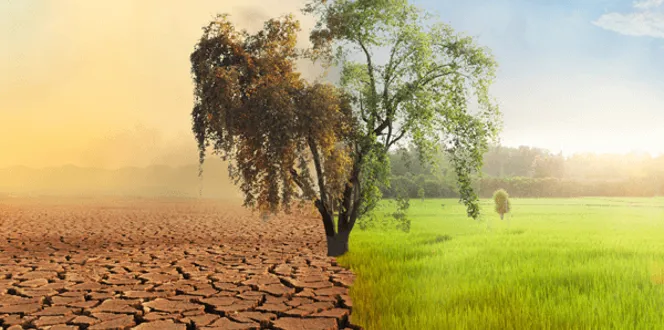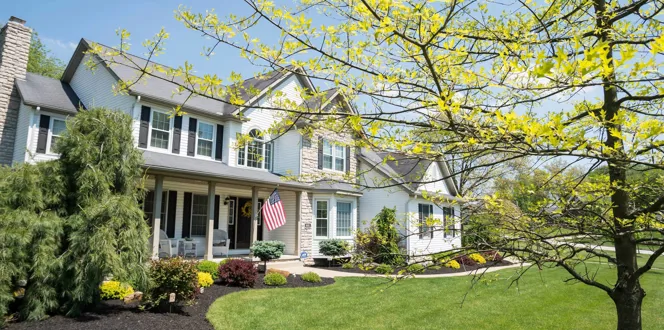Trees root into the earth, but that doesn’t mean they are impossible to remove from the ground and transport to a new home.
You love your trees, but sometimes they’re better suited for locations elsewhere. Perhaps they’ve outgrown the space in which they’re rooted, or, maybe you plan to move somewhere new but wish to bring that special tree along with you.
Tree Transplanting Tips
Regardless of the tree you’re moving and the space to which you plan to transport it, there are several guidelines to follow for how to safely transfer trees:
When Is The Best Time To Transplant A Tree?
There are good and not-so-ideal times of the year to transplant trees. “The best time to transplant a tree is when it’s dormant and the ground conditions are ‘just right,’” says the manager of the Davey Nursery in Wooster, Ohio. Soil moisture should be moderate; a little below field capacity. Soil should also not be frozen, which makes digging and breaking up soil much more difficult while adding to tree water stress.
Choosing The Right Location To Transplant A Tree: Things To Consider
Ideal transplanting locations depend on the size and species of the tree you transplant. According to Davey's nursery manager, trees prefer different levels of shade and sun, as well as varying soil drainage conditions. The potential height and size of the tree and the location of home foundations, power lines, and underground utilities all affect the transplanting location. “You need to identify the tree species first,” He says. “There are a lot of different variables involved with choosing the correct location to transplant a tree.”
Once a new location is chosen for the transplant, take time to prepare the site. Perform a soil test and adjust pH and fertility to match what is ideal for the tree species. Break up soil compaction as deep as possible in the area around the planting hole, and adjust soil organic matter to the 5-10% range by adding compost and biochar.
Transplanting Mature Trees Vs. Young Trees
There isn’t a big difference between transplanting mature trees vs. young trees. The vigorous growth rate and easily manageable root ball of a young tree make its transplanting process fairly easy. However, all trees experience some degree of shock after being transplanted—the length of recovery time depends on the size of the tree and the quality of aftercare. “Mature trees will just take more aftercare than younger trees after being transplanted,” He says.
Can All Trees Be Transplanted?
Some tree species react better to transplanting than others. According to Hanshaw, red maples, elms, and bald cypress generally respond better to being transplanted than other species, in northern regions, in particular. “Specifically red maples have much more fibrous root systems of which you can capture more when digging,” He explains.
Most trees will move well, assuming proper time is allotted to correctly fertilize, root prune, dig the properly sized root ball, and water before and after transplanting. It is equally important to continue a pest management/fertilization program after transplanting, as the tree can have a 1- to 2-year or more recovery period before becoming reestablished with roots growing vigorously out beyond the rootball.
The Only Conditions For Which We Do Not Recommend Relocating A Tree Include:
- The tree is in a state of stress or deterioration that would warrant a removal
- The new location is unsuitable for the specified tree.
How To Set Yourself Up For Successful Tree Replanting
- Ensure the time and budget required to transplant a tree in a careful, timely manner are available.
- Your tree will lose a significant amount of its root system during transplanting. Make sure it’s well-hydrated before the transplanting process begins.
- Once the tree is uprooted, tie up the crown as much as possible to reduce limb breakage during the move.
- Wrap the tree in a tarp to reduce wind damage and moisture loss during transition.
- Once planted, give the tree a mulch ring extending 3 feet out beyond the drip line.
- Water the tree as soon as possible after transplanting, and maintain good soil moisture throughout the establishment process. This is the most important.
- Follow up with proper tree care and inspections for pest (insect) damage.





